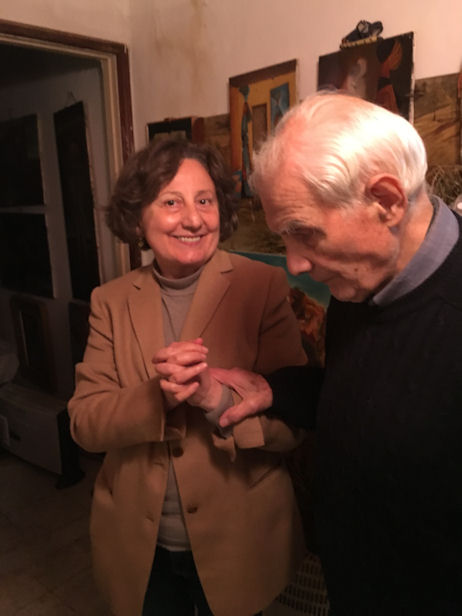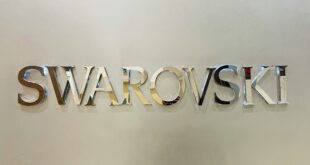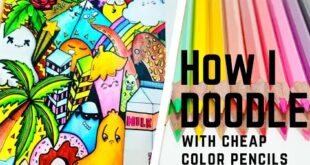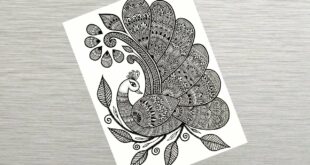Half a Century of Technology as Art
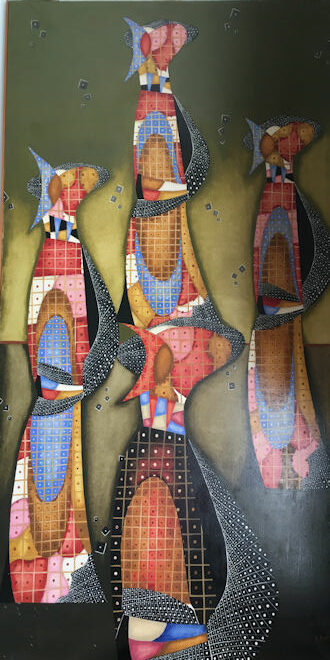
Technology as art – Way before the era of influencers there was the Salon. A literary salon. A place where people of like minds shared tea and ideas. In New York one of the most prestigious and influential is a private conversation center created in the earlier eighties by Carmen Gallo, a paradigm breaker who influenced taste and conversation. Since the early eighties she directs the Center for the Multidisciplinary Study of Cybernetic Existentialism, the salon that she crafted where, before the restrictions for public gatherings, she entertained with inspiring conversations and elegant refreshments the most sophisticated New York and European elites of intellectuals, presenting aesthetically pleasing paintings just for the pleasure.
One of her discoveries, decades ago, was the work of a secluded Italian Artist born in 1932 that painted for over fifty years technology as art. The artist, born in Florence in the very same house where Leonardo da Vinci worked, spent many years in Milano and was a friend of artist Lucio Fontana. His name is Ruffo Caselli, he was born in 1932 and was consecrated by the Center as the father of Cybernetic Existentialism when Carmen presented his art in cultural gathering allover the world. In his paintings we encounter robots and beings in the making, emerging from microchips or from a series of containers.
Carmen Gallo presented with enthusiasm his paintings to diplomats and celebrities. Eventually, over the decades, one painting at the time, she curated and purchased the entire collection. With stunning accuracy, her carefully picked collection predicted the future. The Center for the Multidisciplinary Study of Cybernetic Existentialism introduces to the audience paintings representing robots that respond to programs, with semiconductors embedded in the canvas, humanoids with no feelings of affection, robots incapable of empathy: all showing a physical embodiment of a process of computation.
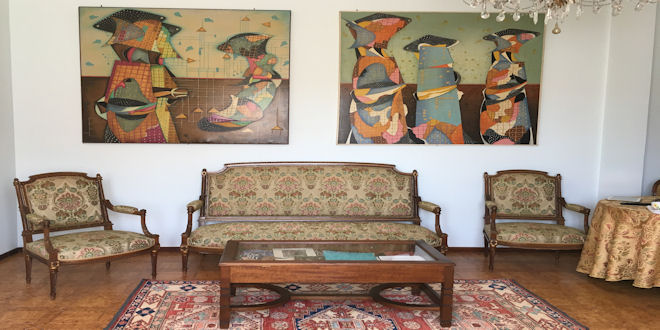
Over the years, exhibition after exhibition, those robots encountered different levels of interpretation from different schools of thought: art experts caught the sophisticated humor and subtle irony, while others the obsession for technology expressed by thought-provoking technological beings with microchips painted or inserted into the canvas. These represent sorts of hybrids programmed, genetically enhanced and over the years more and more cybernetic. Just like a Star War fantasy.
European and American ufologists advanced theories and shocking statements about these painting as an accurate description of robots constantly evolving, clones, doubles, copies or versions of ourselves. There are processes of hybridization which seem to be executed in another dimension beyond the matter where non- human advanced intelligence operate. They affirm that in the artistic expression of his entire life, Ruffo Caselli, introduces the viewer with the solid idea of technological super humans created and constantly modified perhaps by a trans dimensional, interstellar intelligence.
Since the early seventies, his art evolved with, and often anticipated technologies and so the hi- tech robots. In half a century time lapse, his intelligent machines evolved into cyborgs, human-like sentient beings totally merged with technology. It seems that the painter imagined a new intergalactic race – an advanced civilization as the future of humanity.
In these paintings there is a thread of history spanning over half a century, yet according to many, these beings meticulously painted with oil colors don’t share our human history, but are getting closer and closer to us. Maybe we are getting closer and closer to them, both emotionally and psychologically.
Visit Center’s Website :
For inquiries: [email protected]
Phone: (212) 780-7526 please leave a message
Half a #century of #technology as #art
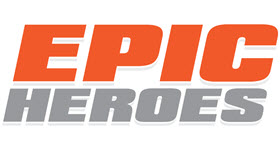 Epic Heroes Entertainment Movies Toys TV Video Games News Art Pop culture news goodness
Epic Heroes Entertainment Movies Toys TV Video Games News Art Pop culture news goodness
